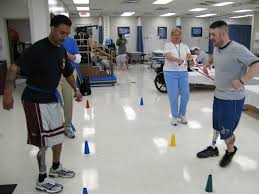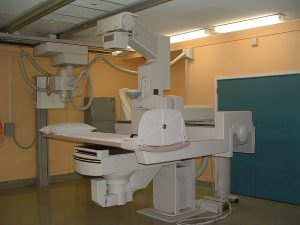Treatment of Osteoporosis in Old Age

Many older individuals are diagnosed with osteoporosis based on the WHO criteria or prior fragility fractures. It is the healthcare provider’s responsibility to institute appropriate treatment of osteoporosis in older patients. In particular, patients with low bone mass and multiple risk factors for fractures should be considered for specific treatment of osteoporosis in old age. This is in addition to maximizing nutrition and emphasizing lifestyle modifications.


